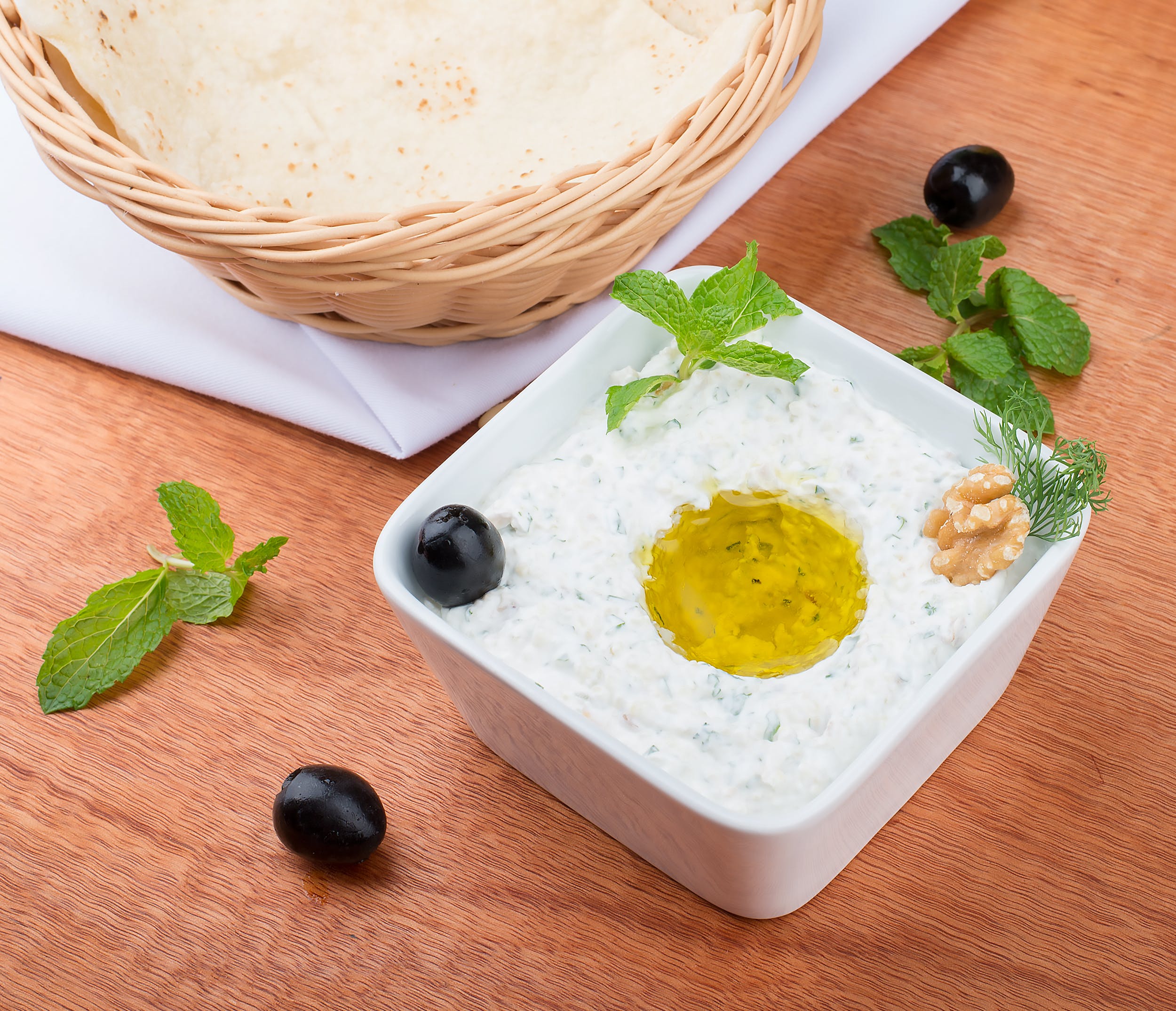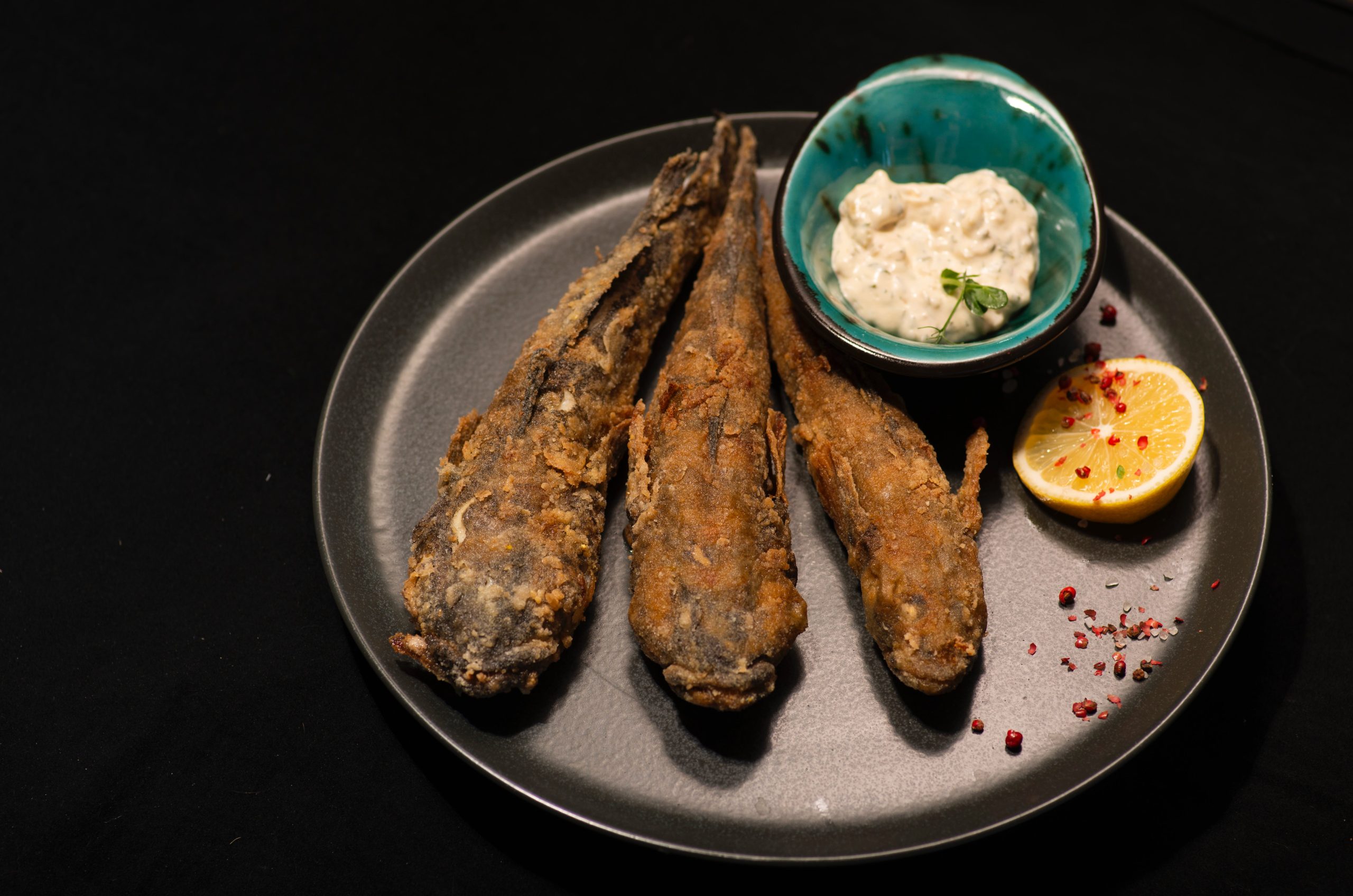T IS FOR TZATZIKI
By:
February 4, 2024

An installment in CONDIMENT ABECEDARIUM, an apophenic food-history series from HILOBROW friend Tom Nealon, author of the seminal book Food Fights and Culture Wars: A Secret History of Taste (2016 UK; 2017 US); and also — here at HILOBROW — the popular series STUFFED (2014–2020) and DE CONDIMENTIS (2010–2012).
CONDIMENT ABECEDARIUM: SERIES INTRODUCTION | AIOLI / ANCHOVIES | BANANA KETCHUP / BALSAMIC VINEGAR | CHIMICHURRI / CAMELINE SAUCE | DELAL / DIP | ENCURTIDO / EXTRACT OF MEAT | FURIKAKE / FINA’DENNE’ | GREEN CHILE / GARUM | HOT HONEY / HORSERADISH | INAMONA / ICE | JALAPEÑO / JIMMIES | KECAP MANIS / KIMCHI | LJUTENICA / LEMON | MONKEY GLAND SAUCE / MURRI | NƯỚC CHẤM / NUTELLA | OLIVE OIL / OXYGALA | PIKLIZ / PYLSUSINNEP SAUCE | QIZHA / QUESO | RED-EYE GRAVY / RANCH DRESSING | SAMBAL / SAUERKRAUT | TZATZIKI / TARTAR SAUCE | UMEBOSHI / UNAGI SAUCE | VEGEMITE / VERJUS | WHITE GRAVY / WOW-WOW SAUCE | XO SAUCE / XNIPEK | YOGHURT / YEMA | ZHOUG / ZA’ATAR | GOOD-BYE TO ALL TZAT(ZIKI).

For something that so many people don’t have an opinion about, cucumbers elicit a lot of opinions.
Like watermelon, but even subtler, it has a difficult-to-articulate flavor that is often described as “refreshing” or just “wet.” Interestingly, a certain segment of the population finds an element of its flavor — undetectable by most tasters — revolting. It is just like the similar but more famous cilantro-tasting problem and, like with cilantro, it’s a small enough percentage of people that they can be ignored but a large enough percentage that it makes a nice anecdote. Subtle and refreshing, occasionally disgusting — but also, somehow, so prodigiously inoffensive that it can appear on a watercress sandwich or on every salad in the multiverse with few complaints.
However, it is also the flavor that makes tzatziki work.
If you’ve ever tried to make dip at home with limited ingredients, you know what cucumberless tzatziki is going to taste like. It probably seemed smart at the time — you had sour cream, garlic powder, onion powder, maybe some salt, dill, even. It seemed like that was probably the ingredients for dip, right? It’s the same problem with tzatziki — garlic, dill, lemon, olive oil, salt. It’s not going to get you there. It’s going to be inexplicably bland and insipid — where did the flavors go?
It’s a complicated thing, how flavor works — when the balance of fats and acids and flavors is off, especially when you have certain expectations of how something will taste, it can be shockingly unsatisfying. The cucumber brings all the tzatziki flavors together in balance — makes it fresh and light rather than heavy and insipid. In commercial dip this role is often taken by MSG (directly or via the bullion powder in the onion soup mix) or something else high in glutamates (tomato, mushroom, parmesan).
But drain your cucumber first — grate it, press the water out — or else you will have made yourself the famously problematic WET DIP.

Tartar sauce, not unlike remoulade, is a sophistication of mayonnaise made with capers, pickles, dill, tarragon and mayonnaise. Maybe a little lemon juice if you want to get crazy.
Tartar sauce was originally derived from the ingredients for the sauce served with steak tartare, helpfully called sauce tartare, but now is used almost uniformly on fish. Remoulade, a very similar mayo sauce, still spreads its affections more widely — probably because of how it was taken up and enhanced in New Orleans cuisine, adding curry, chile powder, horseradish, mustard and on and on. Tartare sauce though, is much the same as it always was. You can usually find it pushed to the back of the fridge.
There is some considerable confusion over the name, which was maybe the result of 19th=century French imaginings and exoticizing of how the Tartars might have served their raw horsemeat. Or, alternately, how the Tartars would tenderize their beef — by putting it under their saddles before a long ride. At the end of the trip the steak would be ground to a pulp — steak tartare. Both are likely apocryphal, but the recipe did emerge right as France legalized the eating of horse in 1866 (the Pope had outlawed it in 772), so I suspect there is an actual relationship.
It was just a few years later, during the 1870 siege of Paris, that tens of thousands of horses were eaten (not to mention cats, donkeys, bears, and elephants). Regrettably, the recipes for ours, éléphant, and âne tartare have not survived.
TOM NEALON at HILOBROW: CONDIMENT ABECEDARIUM series | STUFFED series | DE CONDIMENTIS series | SALSA MAHONESA AND THE SEVEN YEARS WAR | & much more. You can find Tom’s book Food Fights & Culture Wars here.
